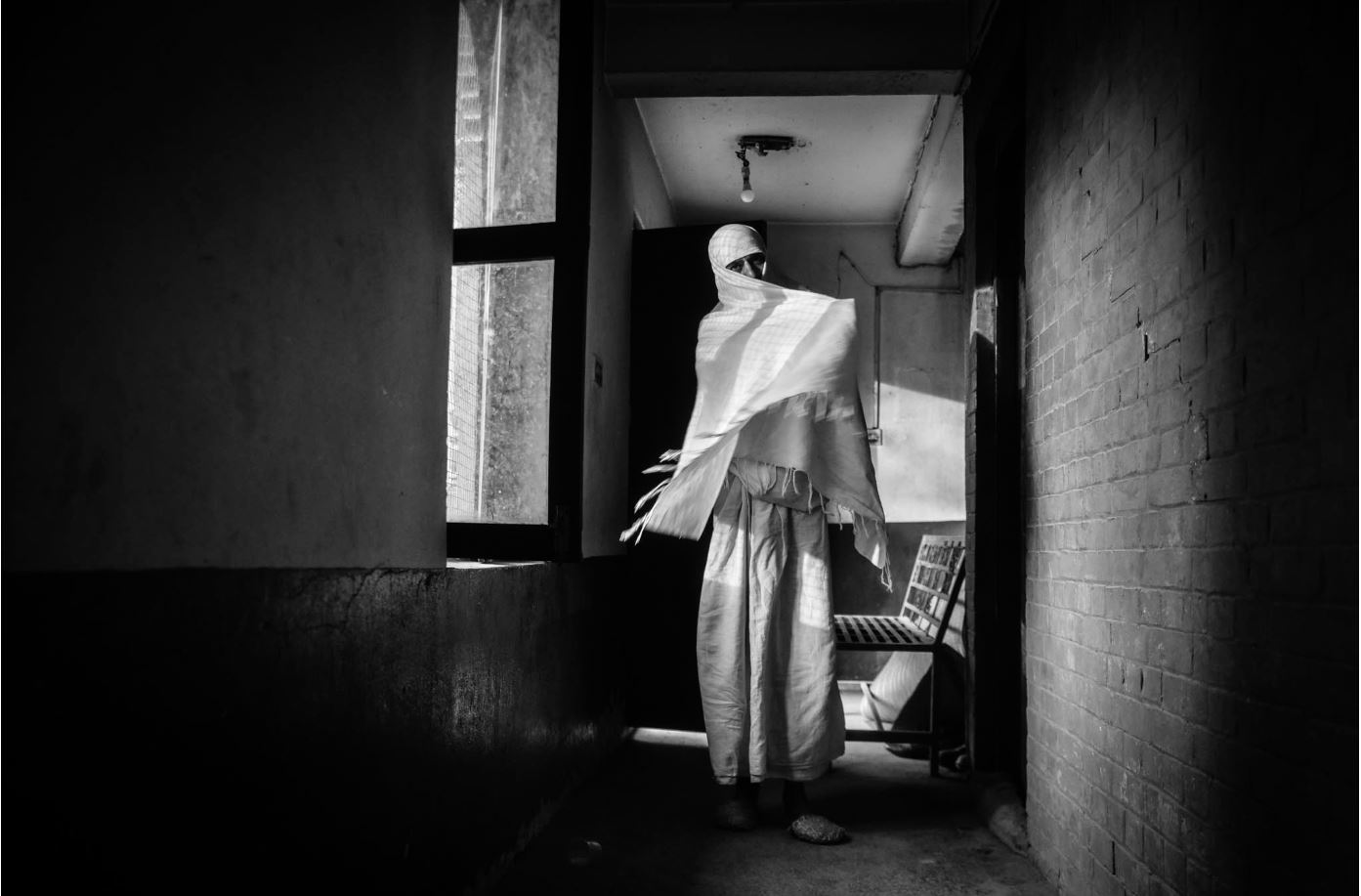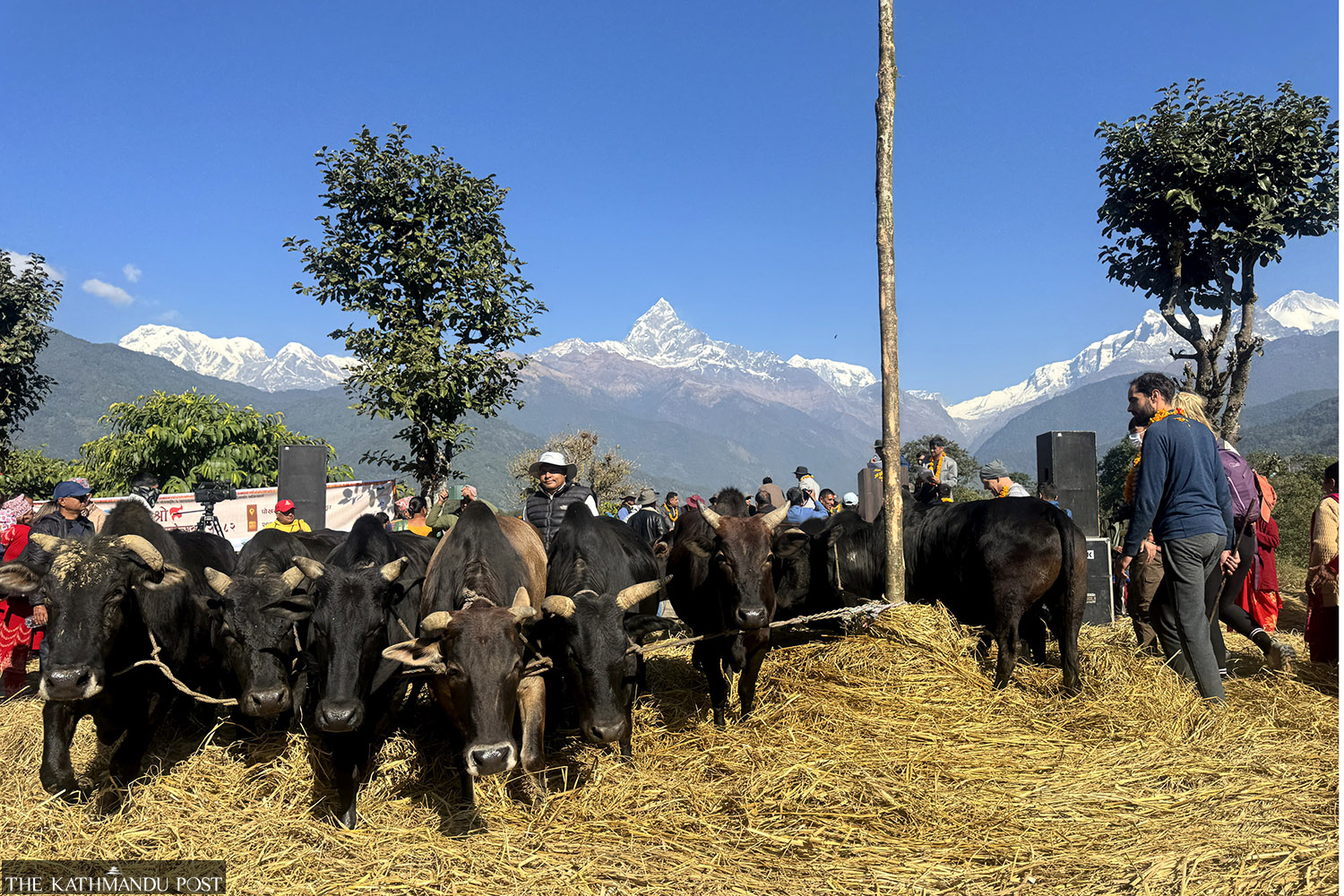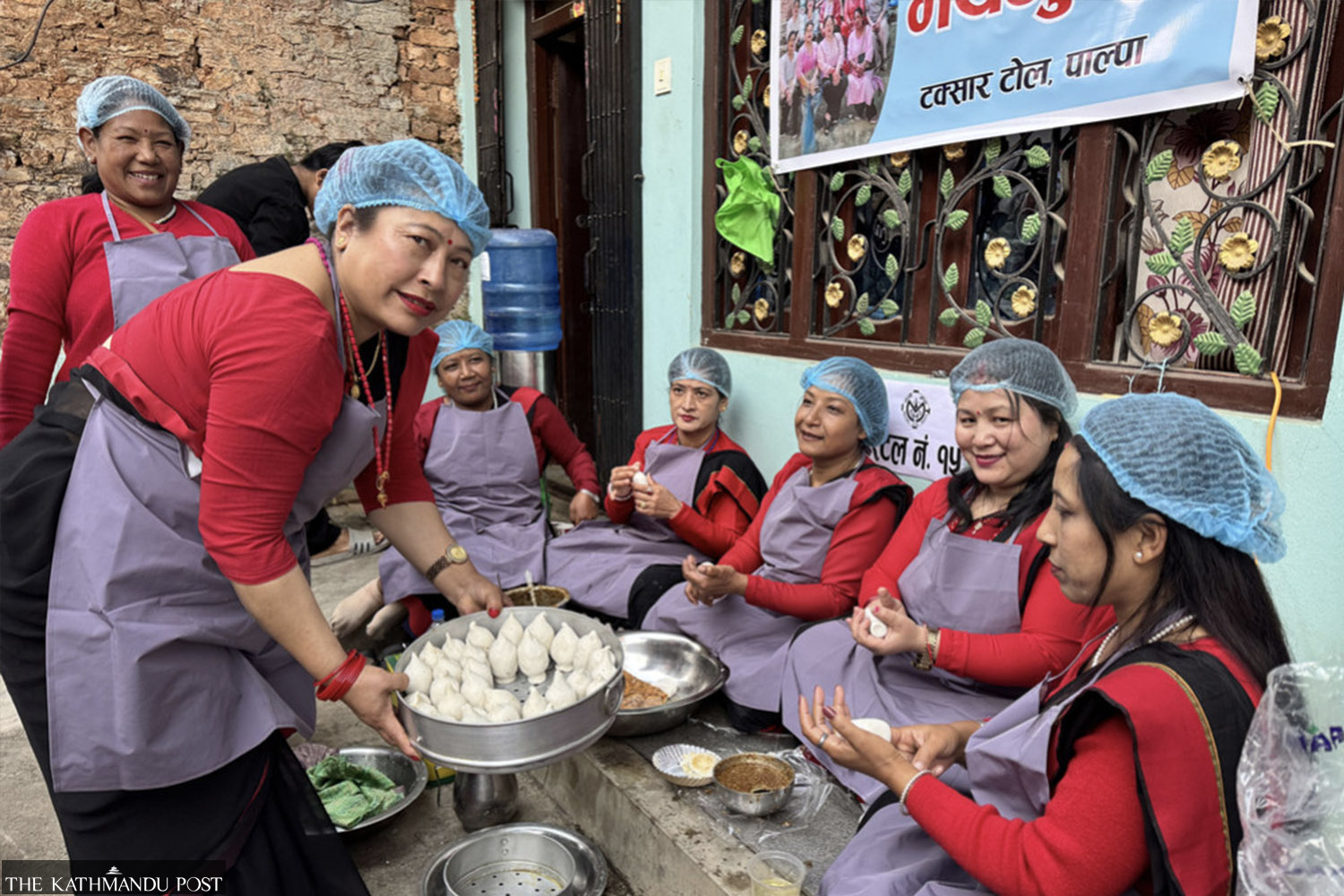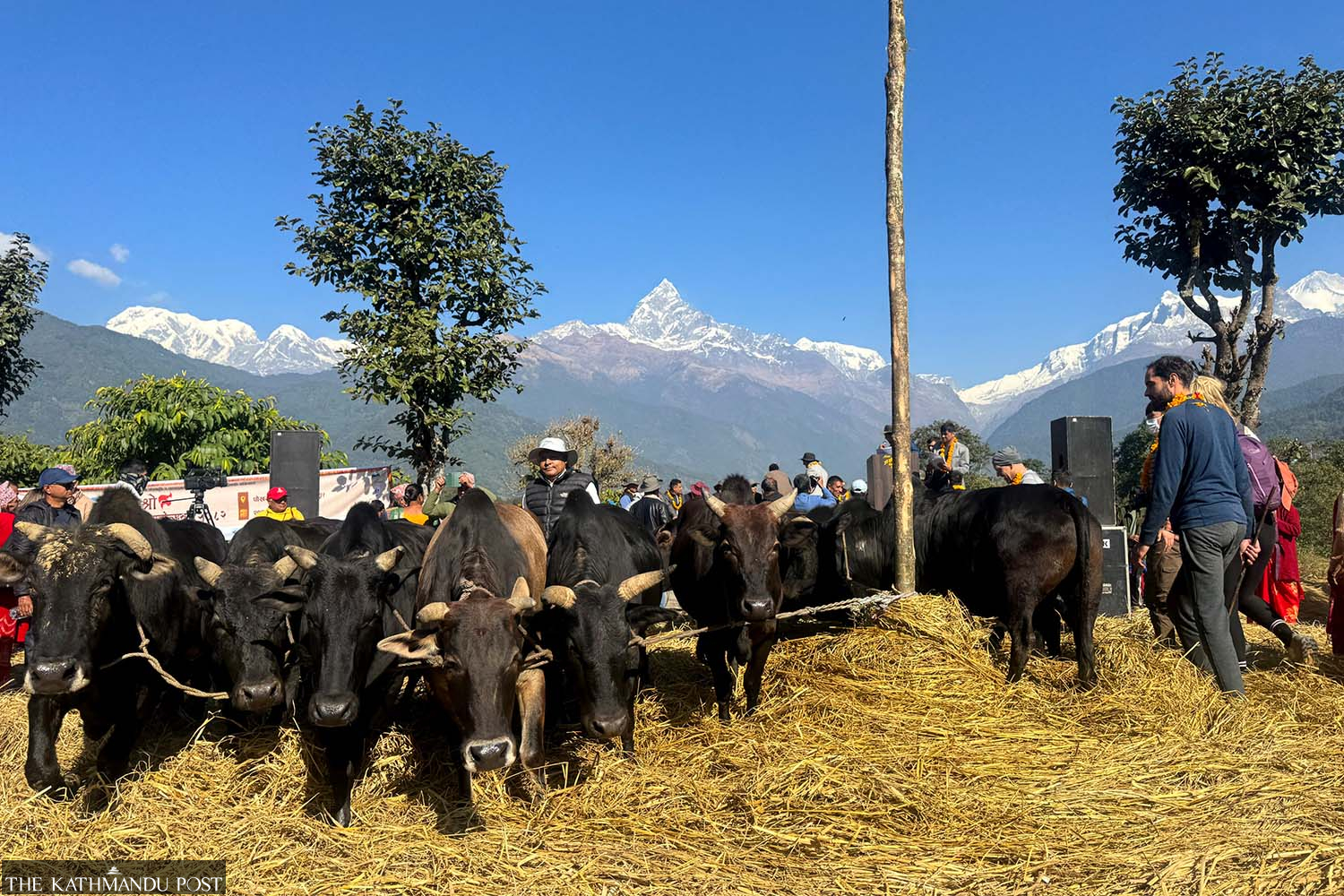Visual Stories
Mourning for hire
But recently, surrogate mourners are available, for bereaved families without offspring or for those who cannot commit themselves to the rituals—for a hefty fee. Even though the profession pays well, the job has its bouts of social rejection.
Navaraj Badal, 24, is a mourner by profession. For the past nine years, he has been performing the kriyaputri rituals on behalf of the bereaved.

According to Hindu customs, mourning paves the way for the dead to transcend to the spiritual realm. It is said, there was a time when mourning rituals were practiced for 13 years—a long period of penance by the kin to liberate the soul for its ascent to heaven. That period has now been reduced to 13 days, during which time mourners refrain from touching anyone, survive on one meal a day and practice other arduous rituals.

But recently, surrogate mourners are available, for bereaved families without offspring or for those who cannot commit themselves to the rituals—for a hefty fee. Even though the profession pays well, the job has its bouts of social rejection.

The demanding rituals take a toll on the mourners’ physical health. Weakness, gastritis and low blood pressures are common health problems among professional mourners. Most of them, including Navaraj, strictly prevent their own family members from visiting the kriyaputri house whenever they are in.

The Kriyaputri Bhawan, managed by the Pashupati Area Development Trust (PADT), can house more than 50 mourners at a time. In similar white robes and performing similar rituals as the kin of the deceased, the only difference is that those who do it professionally appear more bored than sombre.
Navaraj diligently follows all rituals. They have already become routine for him—a part of his job description. When he is not performing the rites, he is busy fiddling with his phone. He likes to play ‘Candy Crush’ on his phone to keep himself occupied.

It was difficult to find a bride for Navaraj because of what he does for a living. He only got married a year ago to the daughter of another surrogate mourner. Navaraj longs to go back to his wife and family, with whom he rarely gets enough time to spend. As soon as he is done with mourning and signs off with his payment, he feels like he is out of prison and rushes to a nearby restaurant to satisfy his taste buds with some decent food.

“At least in prison, you don’t have to stay hungry and refrain from touching another being,” he says. “I only continue with this job as it provides bread for my family. Otherwise, I would have to migrate to the Gulf seeking menial jobs, like other friends of mine.”

Eventually, Navaraj wants to switch to burning dead bodies in the ghat. It pays better and is not half as excruciating as what he does now, he says.
“At least I would get to return home after a hard day’s work,” Navaraj says.

I was intrigued by how traditions have given way to expedience, and mourning has become a profitable profession, demonstrating the underlying conflict between tradition and modernity. But I was left with a question, “The rituals of mourning are transferable, but is grief?”




 10.12°C Kathmandu
10.12°C Kathmandu




